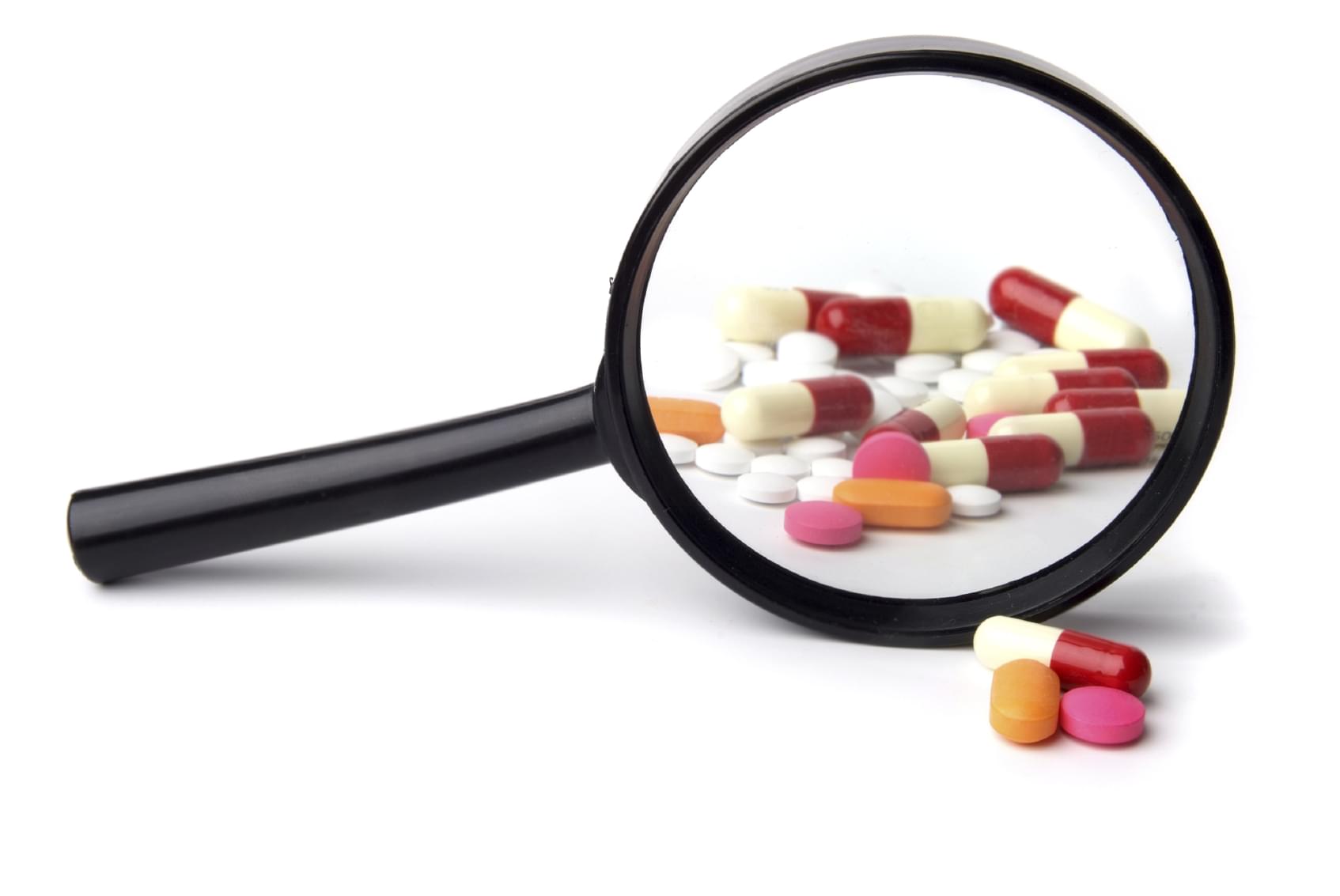Selecting an appropriate salt for a new drug provides the opportunity to modify the drug candidate's characteristics and to permit the dosage forms with good bioavailability, stability and manufacturability. As a part of our pre-formulation development service, Creative Biolabs delivers a salt screening and selection program that is tailored to meet the needs of our clients.
Background
As estimated, about 50% of all drugs used in medicinal therapy are administered as salts. This fact indicates the importance of salt formation in the drug development process. By pairing a basic or acidic drug substance with a counterion and creating a salt version of the drug, undesirable features of the parent drug are often overcome. To optimize the properties of API, Creative Biolabs provides several developable salt forms through extensive salt screening and a thorough selection program.

Salt Screening Consideration
Prior to beginning our salt selection study, we provide physicochemical characterization service for detailed understanding of the chemical and physical properties of the API. This enables an efficient coverage of the relevant chemical space during experimental design and salt selection. After the physicochemical properties are investigated, salts are most commonly employed for improving a drug's solubility, dissolution rate, hygroscopicity, chemical stability, crystal form and mechanical properties.
We perform salt formation on weak acidic and weak basic drugs without modifying the basic chemical structure. Theoretically, every drug substance has acidic or basic properties that could be a possible nominee for salt formation. Consideration should include crystalline chemical, non-hygroscopic chemical, chemical with a high single melting temperature and chemically stable in the solid form.
Salt Selection and Optimization Procedures
1. Investigations into the possibilities of salt formation. pKa value of each ionizable group in the tested molecule is the calculated. Knowledge of the pKa value enables potential salt forming agents (counterions) to be selected based on existing available lists. The pKa of the group and that of its counterion should be at least three pH units below that of the drug substance. This small-scale study can identify a range of potential salt formers and recrystallization solvents.
2. Choice of the salt former. The salts are developed to enhance or reduce the aqueous solubility of drug substances. Aqueous solubility ranges from 0.1 to 1.0 mg/mL will normally be sufficient to satisfy the dissolution requirement. An in situ salt screen is conducted with calculated amounts of aqueous solubility. This process is used to rank the salts and identify the most suitable counterion. Other procedures for salt former choosing include assessing the solubility in organic solvents or water/organic cosolvents systems. The results are analyzed by XRPD, DSC, TGA or hot stage microscopy.
3. Scale-up of the formation of salts. At this stage, we can quickly manufacture 50-200 g of the one or two salt candidates. We provide viable synthetic routes to the chosen form of the drug substance.
For more detailed information, please feel free to contact us or directly sent us an inquiry.
Reference
-
Bastin R J, Bowker M J, and Slater B J (2000) “Salt Selection and Optimisation Procedures for Pharmaceutical New Chemical Entities.” Org Proc Res Dev 4 (5): 427–435
For Research Use Only.

